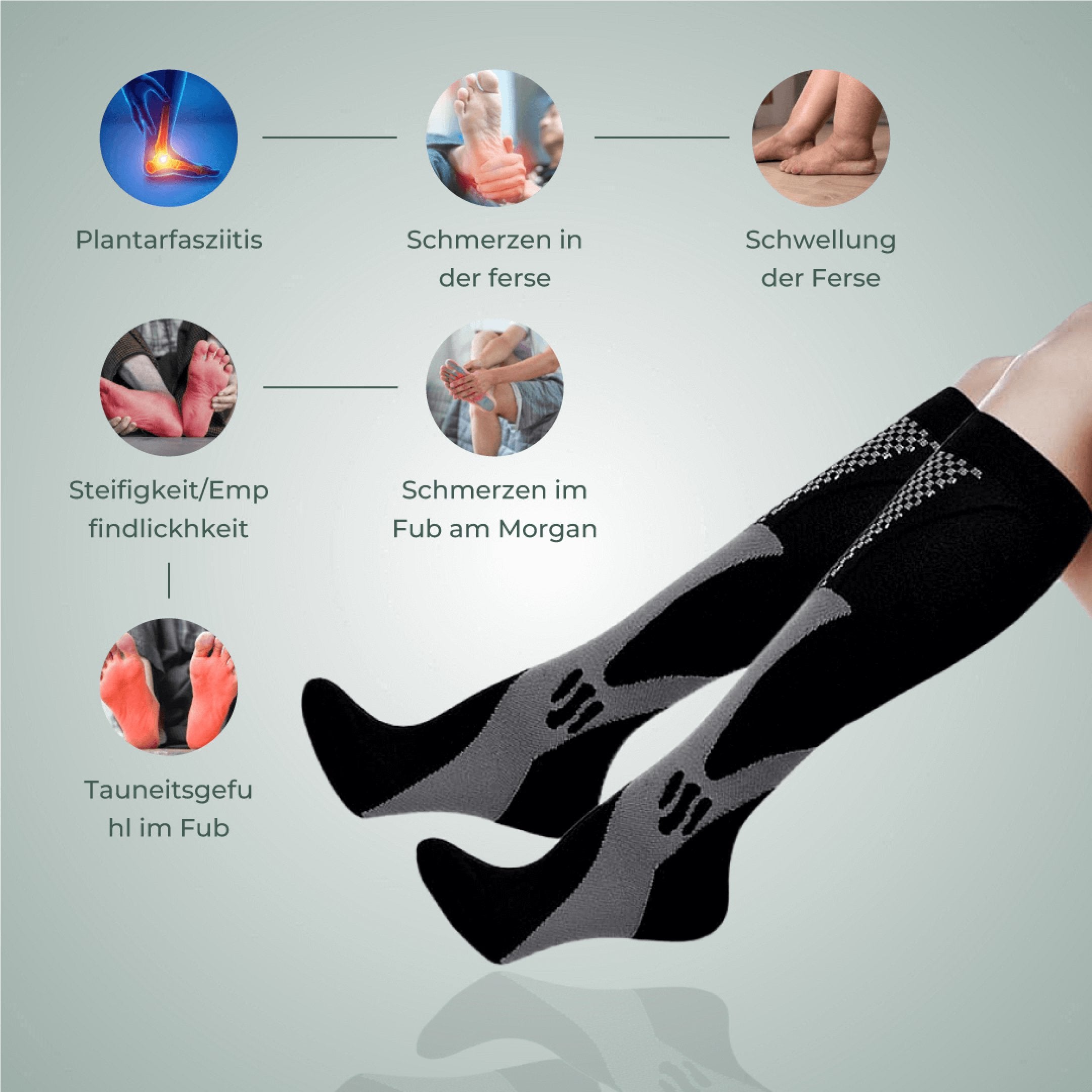Benhinneinflammation: Symptoms, Causes, and Treatment

Periostitis is a common overuse injury that often affects runners and other athletes. This article reviews the most common symptoms, causes, and treatment options for periostitis.
What is periostitis?
Periosteal inflammation, also known as compartment syndrome or medial tibial stress syndrome, is a painful condition that occurs when the muscles in the lower leg swell and put pressure on the periosteum, which is the thin tissue that surrounds the shinbone (tibia). The condition often affects athletes who put their legs through repetitive stress. Inflammation occurs when the periosteum that attaches the muscles to the shinbone becomes irritated, resulting in pain and discomfort along the shinbone. Medical treatment is often necessary to relieve symptoms and correct the cause of the problem, especially if it occurs along with other conditions such as foot overuse .
Symptoms of periostitis
Common symptoms include:
- Pain on the inside or front of the lower leg
- Tenderness when touching the affected area
- Swelling in the lower leg
- Tightness or tension in the calf muscles
- Pain that worsens with activity and decreases with rest
Symptoms of periostitis can vary in intensity depending on the extent of the overload. Typically, the condition is characterized by a dull pain that worsens when you put weight on the lower leg. Periostitis most often affects the inside of the shin bone (tibia), but can also occur on the front of the lower leg. In more severe cases, the pain can persist even at rest. Many runners find that the pain usually begins after activity and can worsen over time to be present throughout the entire run. A similar condition that can be misinterpreted is bursitis , which also affects the calf and can cause similar symptoms.
Causes of periostitis
Several factors can contribute to the development of periostitis:
- Overload from intense running or jumping
- Incorrect running technique
- Arch structure (low or high arches)
- Changing surface or shoe type
- Muscular imbalance in the lower legs
The cause of periosteum inflammation can be due to several different things related to the biomechanics of the foot. People who pronate (rotate the foot inward) or have flat feet or pronounced high arches are at greater risk of developing the condition. An overloaded arch can cause the tendons and muscles in the lower leg to work harder, which increases the risk of inflammation. Overexertion from rapidly escalating exercise or hard running on hard surfaces that send shocks through the bones and skin are also common causes. Calf muscles (enlarged calf muscles) can also contribute to increased strain on the periosteum. Read more about howpain under the foot can affect movement patterns and contribute to overload.
Diagnosis and treatment of periostitis
Discover products- Rest and relief
- Ice and cold treatment
- Physiotherapy
- Shockwave therapy
- Compression stockings
- Reduce the load on the lower legs
- Reduces inflammation and pain
- Strengthening exercises and stretching
- Stimulates tissue healing
- Provides support and improves circulation
- Provides support and reduces swelling
- Improves blood circulation
- Helps prevent relapse
- Can be used together for increased effect
- Reduces muscle vibration and fatigue

How compression stockings can help with periostitis
Compression stockings from Komforten offer several benefits for people with periostitis:
- Improves blood circulation in the lower legs
- Reduces swelling and inflammation
- Provides support to muscles and reduces vibrations during activity
- Can speed up recovery and reduce the risk of relapse
- Available in different compression classes to suit different needs
Periostitis treatment with compression stockings can be particularly effective because the stockings provide dynamic support and even pressure over the muscles of the lower leg, which helps stabilize the muscle groups that load the periosteum. This allows for more pain-free movement and can be especially useful for athletes who want to continue training during recovery, as the stockings support both the tibia and fibula even during activity. The compression stockings are easy to use and can be worn under regular socks. You will find them under compression stockings for running and support.
Buy nowConclusion
Periostitis is a painful condition that requires proper diagnosis and treatment for effective healing. By combining rest, appropriate treatment, and the use of supportive devices such as compression stockings, most people can recover well from periostitis. It is important to listen to your body and gradually return to activity to avoid relapse. Read more about how you can get advice at our clinic if you are experiencing pain on the front or inside of your lower leg – or if it is progressing to other conditions such as a stress fracture .
Frequently Asked Questions (FAQ)
How long does it take to recover from periostitis?
Recovery time varies, but it can take from a few weeks to several months depending on the severity of the injury and the treatment.
Can I continue to exercise with periostitis?
It is usually best to rest from activities that aggravate the pain, but alternative exercises that do not put stress on the lower legs can often be performed.
How do I use compression stockings for periostitis?
Wear the socks during activity and recovery. For best results, follow the manufacturer's recommendations for use and care.
Can periostitis be prevented?
Yes, by gradually increasing training intensity, using appropriate shoes, varying training surfaces and including strength training for the lower legs, the risk can be reduced.
When should I seek medical attention for periostitis?
If the pain is persistent, worsens over time, or if self-care does not improve within a few weeks, you should consult a doctor or physiotherapist.

